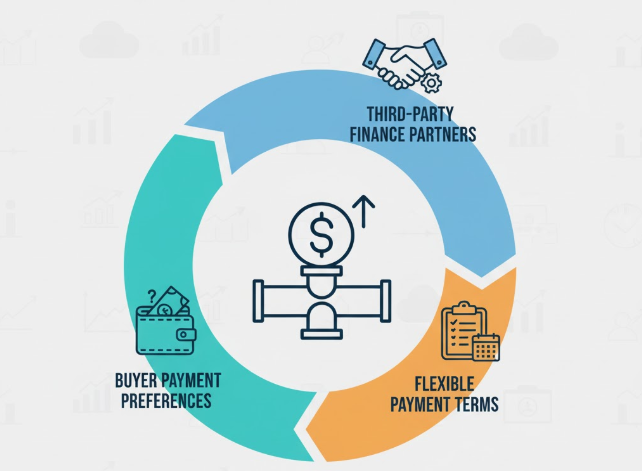Latest
.png)
.png)
What Funded Startups Buy After Raising a Series A (And How to Time Your Outreach)
Nearly half of Series A startups burn through $400,000 per month. That's the spending reality for 47% of companies raising their first institutional r...







